Braids (also referred to as plaits) are a complex hairstyle formed by interlacing three or more strands of hair. The structure is usually long and narrow with each component strand functionally equivalent in zigzagging forward through the overlapping mass of the others. Structurally, hair braiding can be compared with the process of weaving, which usually involves two separate perpendicular groups of strands (warp and weft).
The oldest known reproduction of hair braiding may go back about 30,000 years: the Venus of Willendorf, now known in academia as the Woman of Willendorf, is a female figurine estimated to have been made between about 28,000 and 25,000 BCE.It has been disputed whether or not she wears braided hair or some sort of a woven basket on her head. The Venus of Brassempouy is estimated to be about 25,000 years old and ostensibly shows a braided hairstyle.Another sample of a different origin was traced back to a burial site called Saqqara located on the Nile River, during the first dynasty of Pharaoh Menes, although the Venus’ of Brassempouy and Willendorf predate these examples by some 25,000-30,000 years.
African people such as the Himba people of Namibia have been braiding their hair for centuries. In many African tribes, hairstyles are unique and used to identify each tribe. Braid patterns or hairstyles can be an indication of a person’s community, age, marital status, wealth, power, social position, and religion.On July 3, 2019, California became the first US state to prohibit discrimination over natural hair. Governor Gavin Newsom signed the CROWN Act into law, banning employers and schools from discriminating against hairstyles such as dreadlocks, braids, afros, and twists.
There are a number of different types of braided hairstyles, including, commonly, French braids, corn rows, and box braiding.Braided hairstyles may also be used in combination with or as an alternative to simpler bindings, such as ponytails or pigtails. Braiding may also be used to add ornamentation, such as beads or hair extensions, as in crochet braiding.Braids have been part of black culture going back generations. There are pictures going as far back as the year 1884 showing a Senegalese woman with braided hair in a similar fashion to how they’re worn today. In India, braiding is common rural and urban areas.
Braids are normally done tighter in black culture than in others. While this leads to the style staying in place for longer, it can also lead to initial discomfort. This is commonly accepted and managed through pain easing techniques. Some include pain killers, letting the braids hang low, and using leave-in-conditioner.Braids aren’t usually worn year-round in black culture; they’re instead alternated with other popular hairstyles such as hair twists, protective hairstyles and more. Braids are especially popular during the summer months, with June and July being especially popular times to adopt this hairstyle in the US. As long as braids are done with a person’s own hair, it can be considered as part of the natural hair movement.

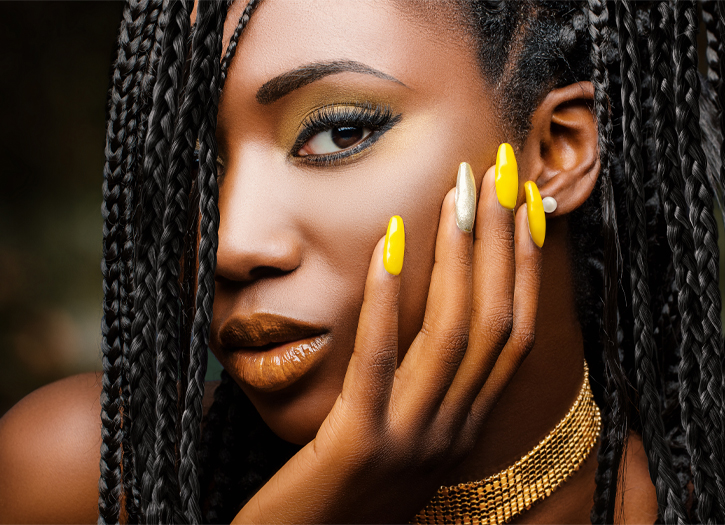
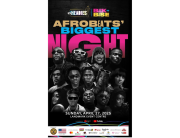
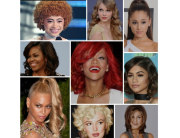
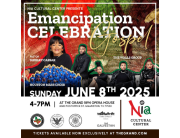
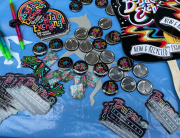

Thanks for sharing the best information, I am really enjoying reading your well written articles lube oil blending plant project report